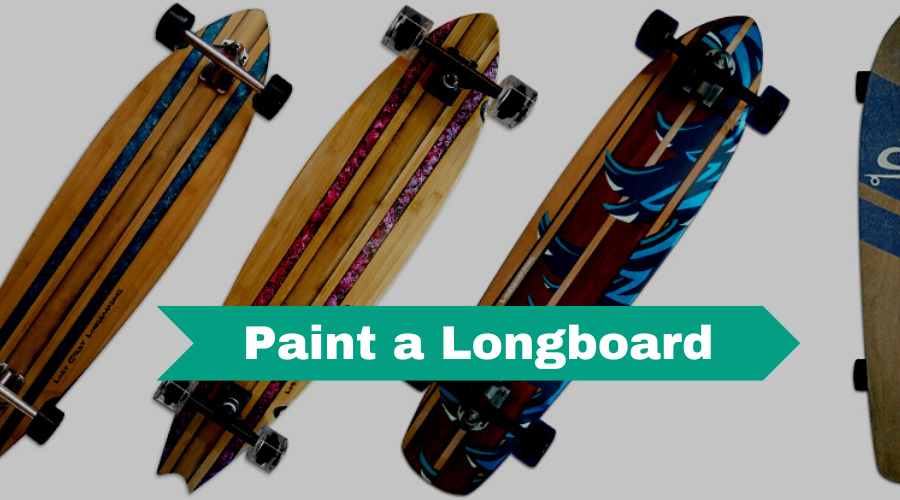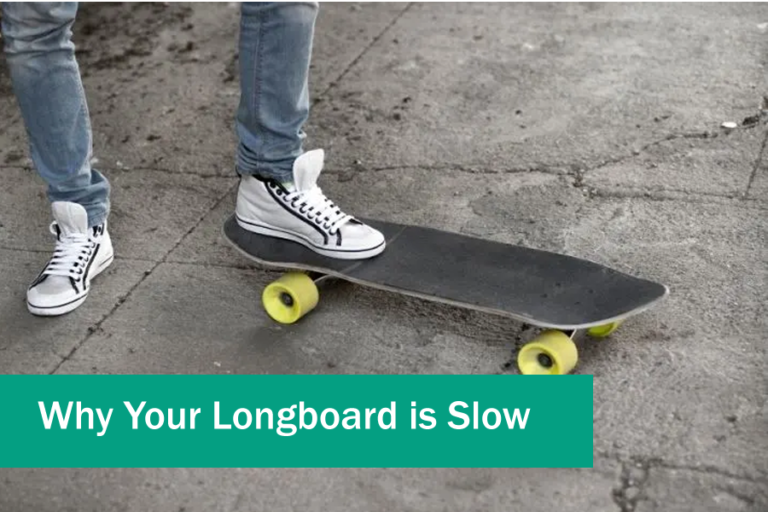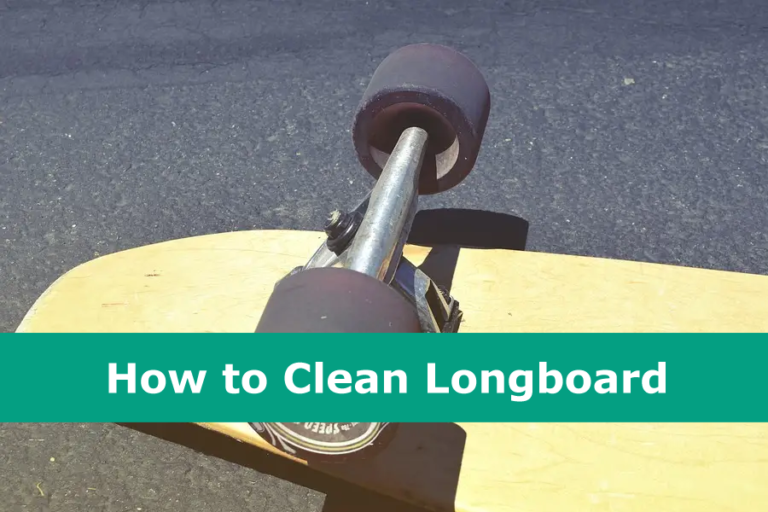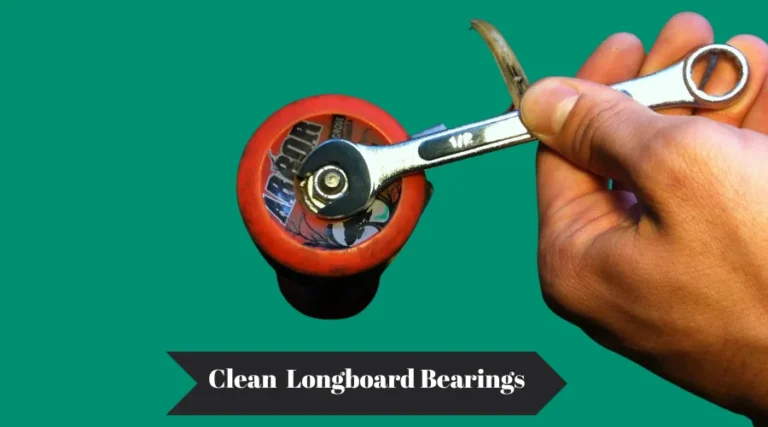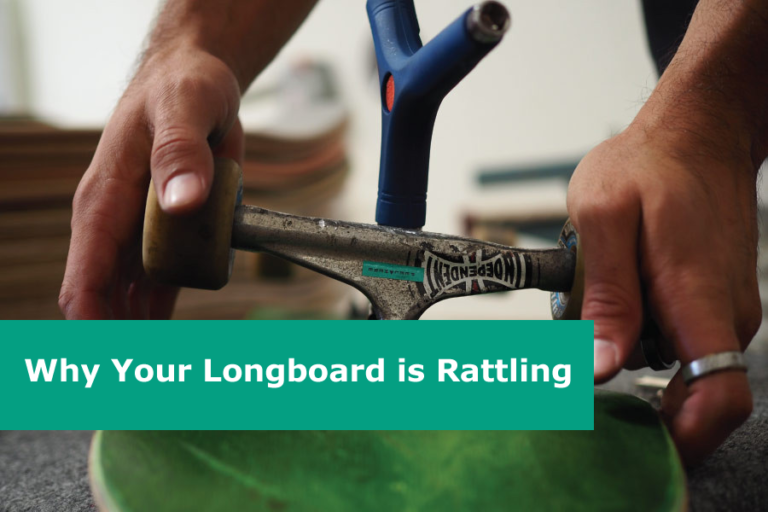How to Paint Longboard? (Paint a Skateboard)
If you love riding your longboard, why not make it even more special by giving it a fresh coat of paint?
Painting a longboard is a great way to express your creativity and personalize your board in a way that reflects your unique style.
However, if you’ve never done this before, the process can seem intimidating.
With some simple steps and the right tools, painting your longboard can be easy and enjoyable.
A step by step guide for painting your deck
Choose your painting method
When it comes to painting your longboard, you have options.
You can use spray paint, wood stain, acrylic, or permanent markers to create your design.
Each method has its pros and cons, so it is important to consider what you want your end result to look like.
Spray paint offers quick coverage and is great for creating intricate designs, while wood stain gives a natural look that enhances the wood grain.
Acrylics provide a wide range of vibrant colors and can be mixed to create custom shades.
Permanent markers offer precision and control, allowing you to create detailed designs.
Use primer to help the paint stick better on the longboard.
Using a primer is an important step in painting a longboard. It helps the paint adhere better to the surface, creating a longer-lasting and more even finish.
Applying primer is easy and involves using long, light sprays in the nose-to-tail direction of the deck. Be sure to choose a primer that is compatible with the type of paint you will be using.
Apply the first layer of paint evenly.
Once the primer is dry, it Is time to apply the first coat of paint to your longboard.
Whether you are using acrylic paints or spray paints, remember not to apply the paint too heavily on the first pass. Instead, use enough to cover the surface and allow some of the background to show through.
If you are using a brush, painting in alternating diagonal lines can create even results. If using a roller, roll the paint onto the surface evenly and smoothly. Use a higher-nap roller to collect more excess paint, but don’t apply too much pressure while rolling. Allow the first coat to dry completely before applying any additional coats.
Remember that whatever paint you choose, it is important to protect your design with a clear coat of enamel.
Let the paint dry completely before applying another coat.
It is important to let the paint dry completely before applying another coat to your longboard. Rushing this process can result in uneven coverage, and the paint may not adhere properly.
The recommended dry time depends on the type of paint used, but generally, it should take at least a couple of hours. However, waiting 24 hours is always a good idea to ensure that the paint is completely dry.
Failing to do so can result in smudging or peeling of the first coat when the second one is applied.
Use a clear coat of enamel to protect your design.
This clear coat not only adds a glossy or matte finish to your design, but it also serves as a protective layer against wear and tear.
It is important to be careful when applying the clear coat to avoid any bubbling or cracking.
Be careful when applying the clear coat to avoid bubbling.
Putting on a clear coat of enamel is the best way to protect your longboard design. However, it is important to be careful to avoid bubbling during the application process.
Bubbles can remove some of the clear coat, leaving patches of unprotected paint. To avoid this, use a soft-bristled brush to apply the clear coat in long strokes, and avoid over-brushing or working the clear coat too much. It is also important to apply the clear coat in a well-ventilated area and avoid any sources of humidity that could cause moisture to form under the coating.

Wait 24-48 hours for the clear coat to completely cure.
After applying the final coat of clear coat enamel to your longboard, it is important to exercise patience and wait for the clear coat to completely cure.
This process typically takes 24–48 hours and ensures that the clear coat is fully dry, hardened, and chemically cured. If you do not wait long enough for the clear coat to cure, it may end up being sticky, superficially dry, or prone to scratches and chips. During this time, it is important not to use the longboard or expose it to water or other things that could scratch it.
Wet sand with 2000-3000 grit sandpaper after the clear coat has dried.
This step is crucial to achieving a smooth, polished finish. Wet-sanding helps to remove any imperfections or bumps that may have occurred during the painting process while also ensuring that the clear coat is even and glossy.
It is important to use a higher grit sandpaper, like 2000 or 3000, to avoid scratching the clear coat or damaging the design. Sand gently and evenly in a circular motion, and keep rinsing the surface with water to keep the sandpaper from getting clogged.
Frequently Asked Questions
Can You Clear Coat a Skateboard?
Yes, you can clear coat a skateboard to protect the paint job from scratches and other damage.
The process is similar to that of a longboard: after applying your desired paint or design, allow it to dry completely before carefully applying a clear coat of enamel. Be sure to avoid any bubbles or unevenness in the coat.
Can You Use Acrylic Paint on a Skateboard?
Yes, you can use acrylic paint on a skateboard. In fact, it is a popular choice for painting skateboards because of its durability and versatility.
Acrylic paint is easy to work with and comes in a wide range of colors. It also dries quickly and doesn’t require a sealer, making the process of painting your skateboard quicker and easier. However, it is important to note that acrylic paint can wash away if you skate in the rain or on wet surfaces. Therefore, it may be best to avoid painting the underside of your skateboard if you plan on using it regularly.
Can You Use Spray Paint on a Longboard?
Yes, you can use spray paint on a longboard. In fact, it is recommended as the top choice for the base coat when painting a skateboard due to its quick and easy application.
When spray painting a skateboard or longboard, it is important to prime the deck with an even spray of primer, whether it be an aerosol primer or a hand primer. It is recommended to avoid making the primer too thin or too thick. While spray paint may fill in tiny holes in the grip tape, it may also take away some of the grip.
Can You Use Watercolor Paint on a Skateboard?
Watercolor paint is a beautiful medium to work with, but can it be used to paint a skateboard? The answer is yes, but it is important to note that watercolor paint is not the most durable option for a skateboard. Skateboards are exposed to a lot of wear and tear, so a watercolor paint job may not last very long. Additionally, water can cause the paint to run or smudge, making it less practical for a skateboard that will be used regularly.
However, if you’re looking for a temporary paint job for your skateboard or are simply using it for display purposes, watercolor paint can be used to create stunning designs.
Just be sure to apply a clear coat of enamel over the watercolor paint to help protect it.

I am a longboarding enthusiast and a blogger. On this blog, I share tips, tricks, and advice based on my experience. I am dedicated to helping newbies improve their skills and enjoy this fun activity to the fullest.
Disclosure:This post may contain affiliate links. If you click on a link and make a purchase, we may earn a commission at no additional cost to you. Learn more.

